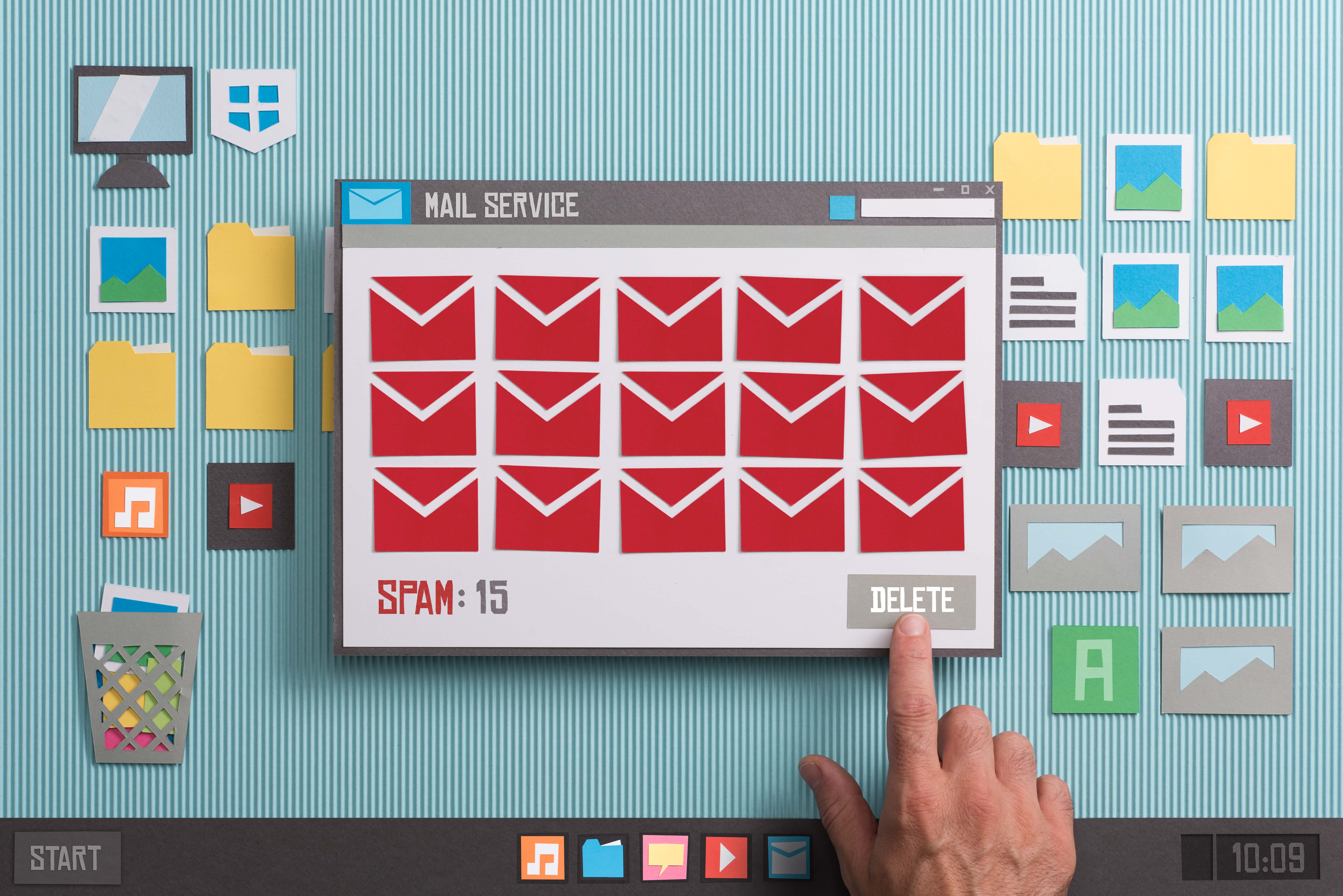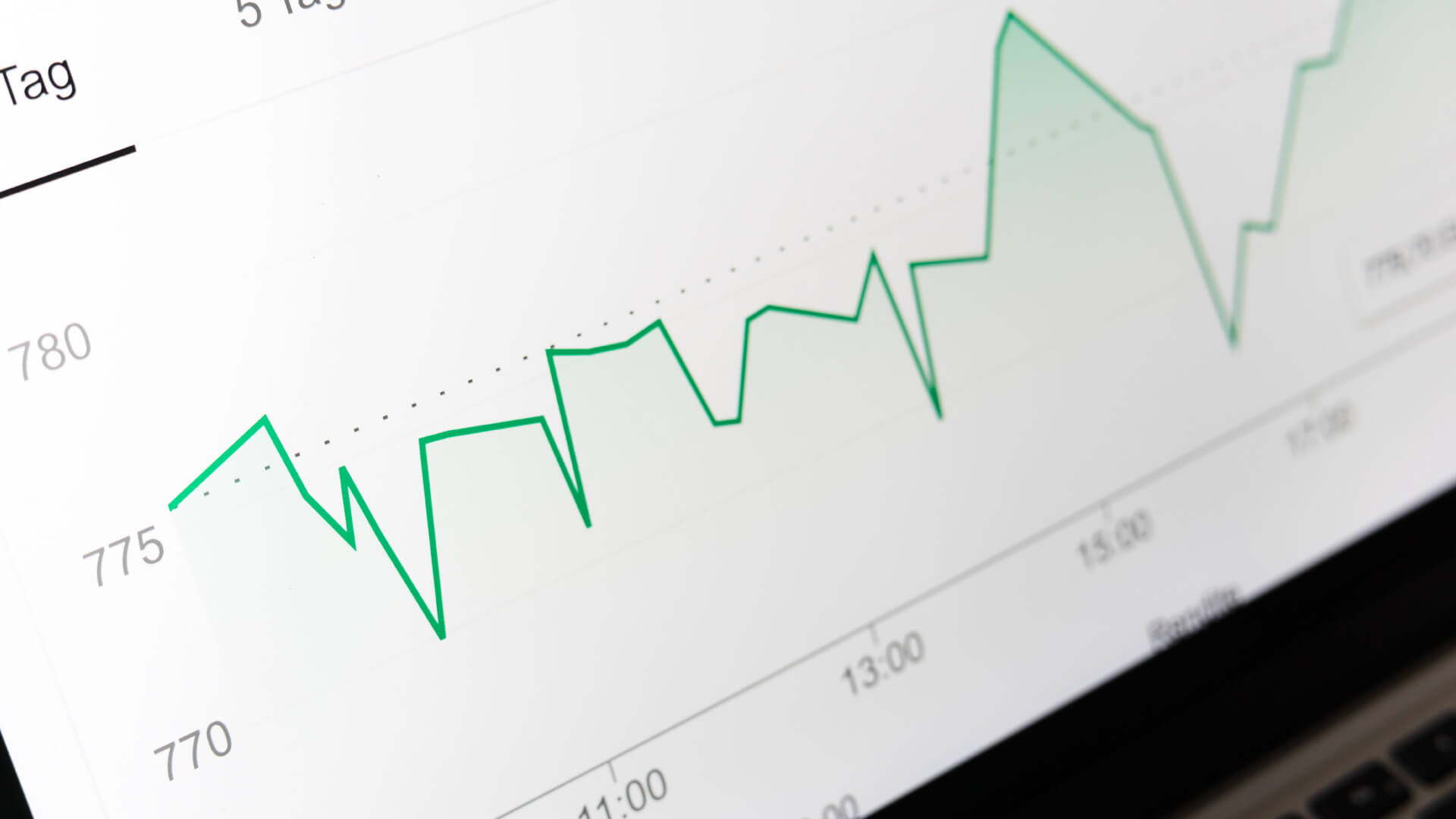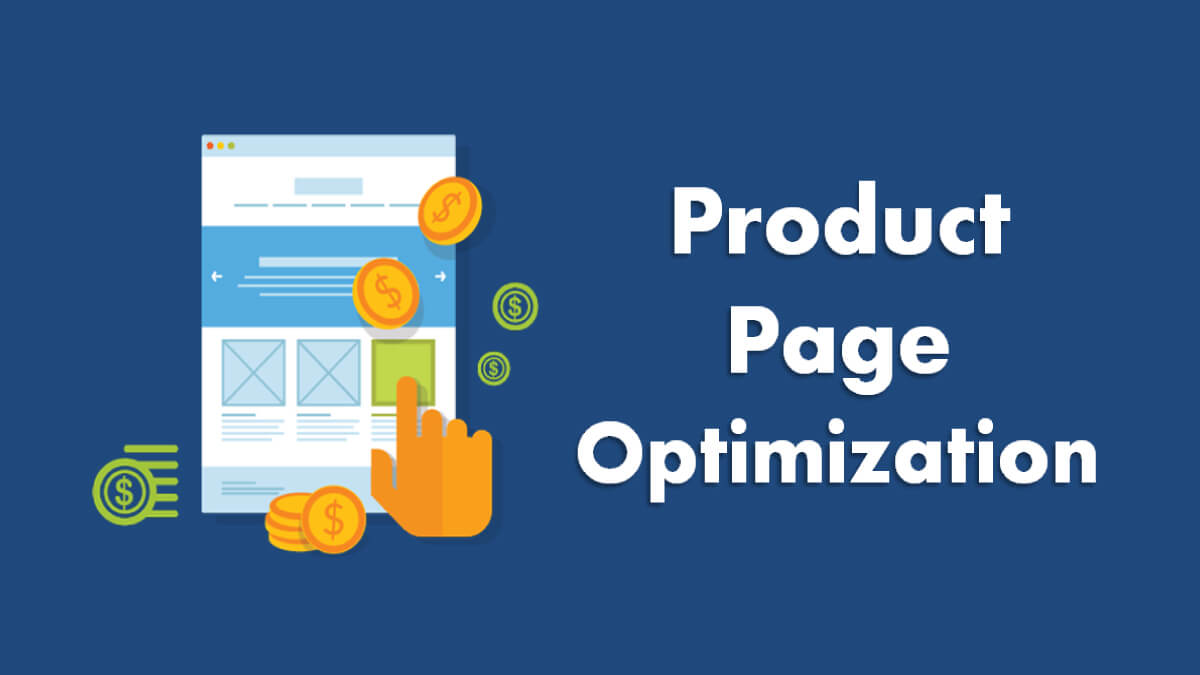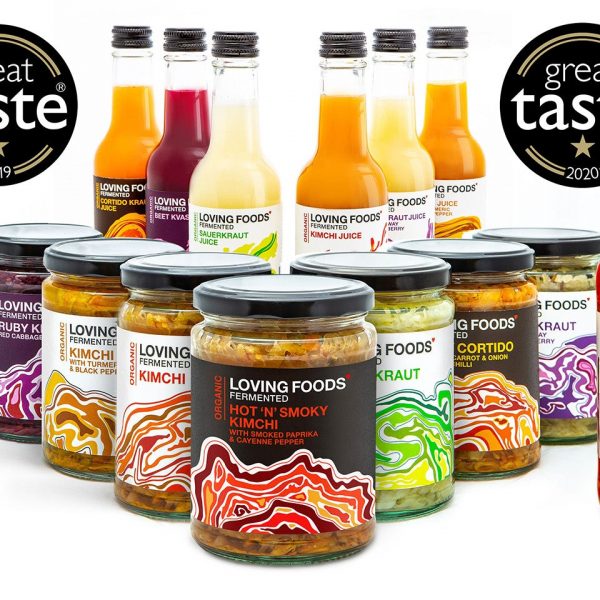For obvious reasons, much advice surrounding ecommerce focuses on how to reel customers in and get them to visit your store. But that’s far from the end of the process. By enabling transactional emails, you can send out personalised messages that relate to shoppers’ activity on your site — and each one is an opportunity to build on this relationship and increase sales.
So how can you optimise your business’ transactional emails and drive conversions higher than ever before? Well, let’s look at each type of communication in turn. First, there’s the email that’s triggered when a customer starts shopping and then changes their mind, otherwise known as the shopping cart abandonment email. According to experts, around 70 percent of shopping carts are abandoned before the sale is complete, which means a lot of keen shoppers who might not need much convincing to take the next step.
In your shopping cart abandonment email you need to persuade your customers to continue shopping, so it’s a great idea to offer an incentive such as a discount or other time-sensitive deal. To increase the chances of your email being opened, make sure that your message comes across loud and clear — research suggests that around 50 percent of read abandonment emails result in a sale.
Next, there’s the order confirmation email. Of course, you might think that once your customer has made a purchase, your job is done. But with the right communication, you can transform them into loyal followers who will return time and again. On the surface, your confirmation email should be a friendly, professional message that reassures shoppers their order has been received and will be on its way within the specified timeframe. But it’s also a great way to showcase your brand personality and feed any additional content directly to your customer. Why not slip in some extra product suggestions, tailored to their individual taste? As long as it’s done subtly, this is a great opportunity to increase sales.
When the order has been shipped, it’s a good idea to send a second confirmation email to your customers. By keeping them updated you’ll build trust in your brand, increasing the likelihood of return business. And you can also take advantage of shoppers’ positive attitude as they await their order, including promotions such as discount codes for future orders or details of referral schemes. On a technical note, try to include a tracking number so that customers can keep tabs on their order — this will reduce the chances of any postal delays being erroneously blamed on the supplier.
Finally, there’s the customer feedback email. One of the most common mistakes that stores make is to send out this message as soon as the product has shipped, before the customer has had a chance to begin using their purchase. For optimum engagement, this email should be triggered a few days after the item has been received. Generally speaking, it’s a good idea to provide a framework for feedback, such as a survey, rather than ask open-ended questions. And if customers’ opinions are really important to you, you might want to offer an incentive such as a discount code in exchange.






